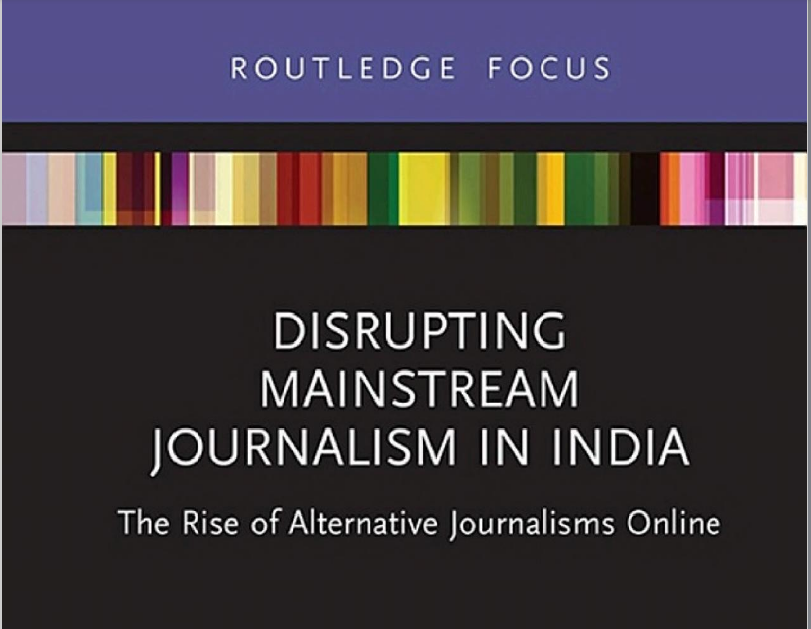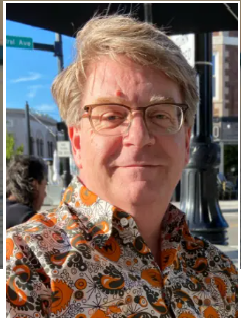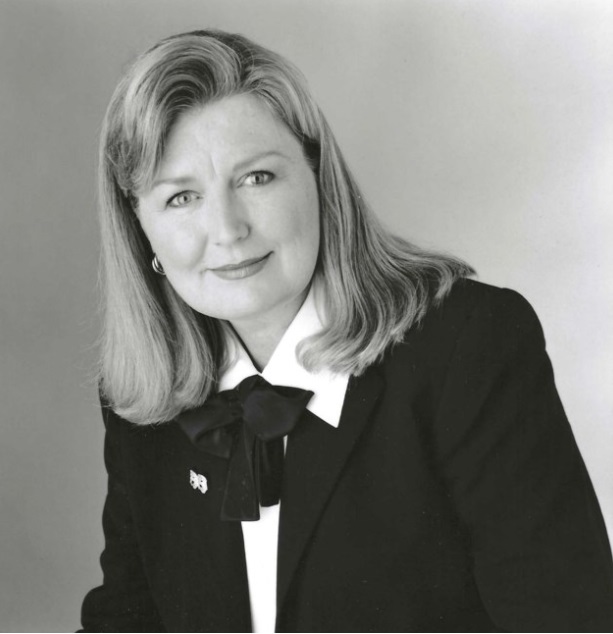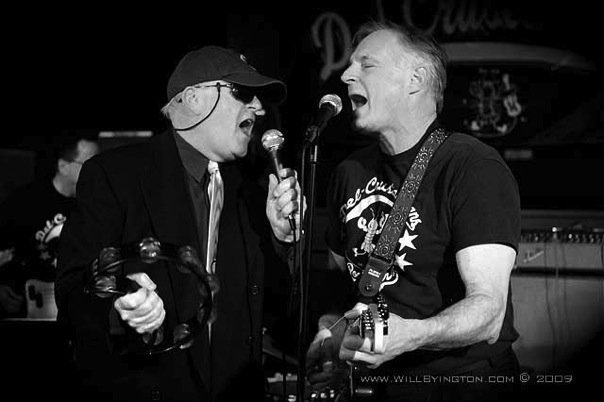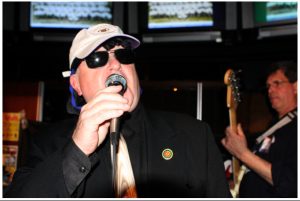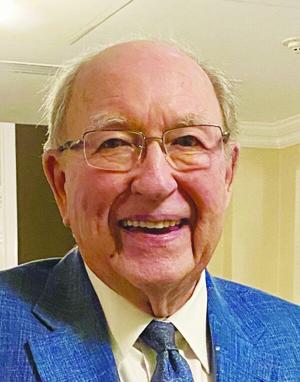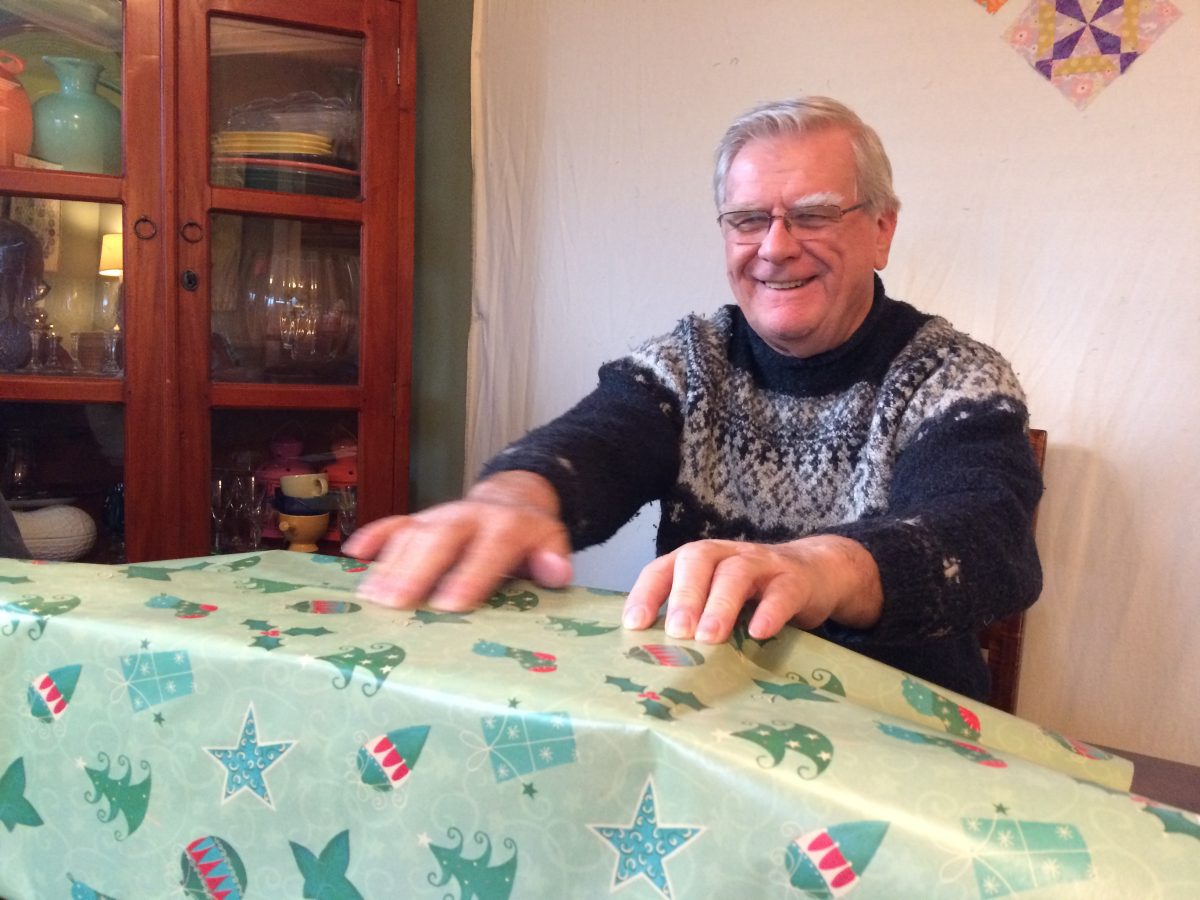By Kaitlin Bender-Thomas
In her new book, “Disrupting Mainstream Journalism in India,” Medill Professor Kalyani Chadha sheds light on the communities that the country’s growing media industry has long overlooked and the digital journalists working against the odds to change that.
Chadha, originally from India, has spent much of her academic career studying the country’s evolving media landscape. She had been thinking about how marginalized communities were beginning to use the Internet to push back against their exclusion from mainstream coverage when the editor of Routledge’s “Disrupting Journalism” series reached out with a timely proposal: Would she consider writing a book on India?
“I was thinking about these things already, and then this opportunity came along,” Chadha said. “And so then I was like, okay, so this is what I’m going to do it on.”
India’s media industry has undergone tremendous growth since the country liberalized its economy in the 1990s. Today, India has nearly 15,000 registered newspapers and 392 television news channels.
One might think this kind of expansion would lead to more inclusive or representative journalism. But, according to Chadha, the reality is quite the opposite.
“It didn’t necessarily mean that we were getting better journalism,” Chadha said. “There was a lot of infotainment. There was a lot of focus on crime, celebrities, and sports. Public interest journalism really wasn’t happening.”
What troubled her even more was the continued exclusion and misrepresentation of India’s most marginalized communities. Much like in the United States, these groups face deep-rooted structural discrimination. However, she notes that in India, the primary line of division is caste, as opposed to race.
From Chadha’s relatively brief time working in Indian newsrooms, she observed firsthand that those institutions were not representative of the country’s diversity.
“Newsrooms in India are incredibly undiverse — both in terms of caste and in terms of religion,” she said.
The impact of this lack of representation is evident in the stories being told — or more often, not told at all. Groups like Dalits (historically referred to as “untouchables”) and Muslims are rarely given a voice in the mainstream media, and when they are, they’re often covered in a negative context.
“You see this in the United States, too,” she said. “Either you get no coverage, or the coverage you get, you’re sort of the source of problems.”
In her book, Chadha draws on the concept of “epistemic injustice,” a term coined by philosopher Miranda Fricker. It refers to the idea that some communities are denied the opportunity to narrate their own experiences and to be seen as credible sources of knowledge about their own lives.
But her book also explores how marginalized communities are responding to this injustice. Many are launching their own digital media platforms and telling their stories on their own terms. She found that this form of alternative journalism doesn’t subscribe to the traditional notions of objectivity or neutrality. Instead, it prioritizes advocacy, transparency, and community-based sourcing. By shifting the focus, these journalists are actively challenging who gets to decide what is “newsworthy.”
“What these communities try to do is give a much more holistic picture of the lives of these groups, both the negatives and the positives. They try to create a sense of perspective on what’s going on,” Chadha said.
One example she highlights is the work of Dalit-run news organizations that produce counternarratives on caste-based violence. She recalls a particularly harrowing case from 2020, in which a lower-caste woman was gang-raped and murdered by upper-caste men in a rural part of northern India. While mainstream media downplayed the role of caste and framed the incident as a “love affair gone wrong,” Dalit-run news platforms confronted it as a source of ongoing oppression.
There was a real effort to push the caste angle aside,” Chadha said, “Very often, mainstream narratives will say, ‘Well, this really wasn’t about caste,’ just like sometimes they will say, ‘This really wasn’t about race.’”
Muslims face similar misrepresentation. Chadha found that mainstream coverage in India rarely portrays Muslims in an everyday context. Instead, they’re often depicted as extremists, fundamentalists, or jihadists. Alternative media outlets counter this bias by showing Muslims as professionals and individuals who lead normal lives.
Despite operating on tight budgets funded through donations and personal savings, Chadha says the journalists she interviewed were filled with hope.
“I was really awestruck by the journalists that I spoke with, and the outlets, and the work that they produce,” she said. “Because it just takes so much to keep these outlets going. Sort of a wing and a prayer, a lot of the time.”
While these alternative media outlets do not solve every problem, Chadha emphasizes that their presence matters because they give marginalized groups a sense of agency, provide holistic counternarratives, and challenge the agenda-setting power of mainstream media.
At Medill, Chadha incorporates her research into the classroom by encouraging students to confront their own biases, look beyond official sources, and strive for what she calls “empathetic journalism.”
“It’s very easy to do journalism and to feel empathetic and to focus on people like yourselves,” she said. “It’s infinitely harder when it’s people who are different from you.”
At a time when journalism around the world is facing political pressure and economic uncertainty, she hopes her work serves as a reminder of what’s at stake and to give a voice to those too often left out.
